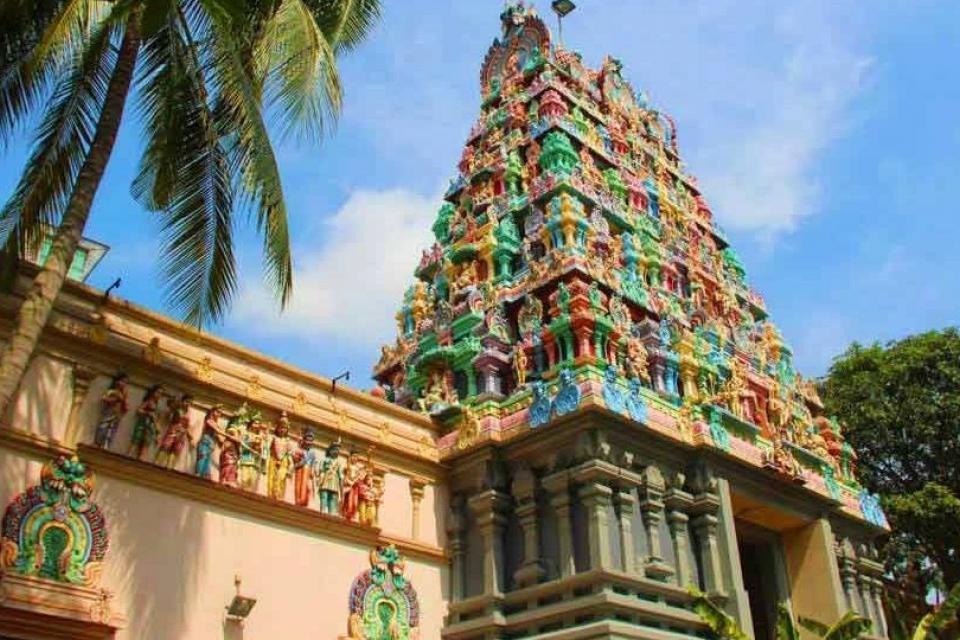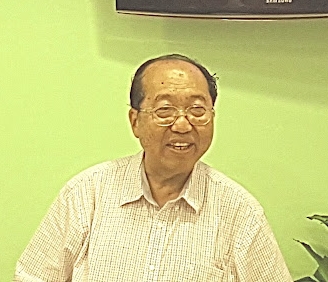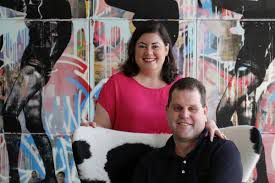Located nearby the foot of the western slope of Fort Canning Hill is Sri Thendayuthapani Temple, commonly known also as the Chettiars’ Temple. It is one of Singapore’s oldest Hindu temples dedicated to Murugan, the Hindu deity who is also known as Sri Thendayuthapani. The temple was built by the Nattukkottai Chettiars community.
Hailing from the Chettinad region in the southern Indian state of Tamil Nadu, the Nattukottai Chettiars were among the earliest immigrants to arrive in Singapore. They were traders, merchant bankers and moneylenders, and formed Singapore’s main Indian merchant-banking community. Many of these Chettiar moneylenders ran their businesses in long shophouses called kittangis along Market Street and Tank Road.
Although small in numbers, the Chettiars were very influential and outnumbered the European banks in Singapore in the nineteenth and early-twentieth centuries. They played a crucial role in transforming Southeast Asia’s traditional subsistence-based economy into an export-oriented one by providing businessmen with capital at lower interest rates.
The Chettiars are traditionally followers of Shaivism, the Hindu sect that reveres Murugan’s father, Shiva, as the supreme deity. Even though they left Chettinad for various parts of Asia in the nineteenth century, they continued the practice of building temples dedicated to Murugan wherever they settled.
In 1859, the Chettiar community established Sri Thendayuthapani Temple on Tank Road. While Sri Thendayuthapani Temple was primarily a religious institution, it also functioned as a social and commercial space for the Chettiars. Every Chettiar firm voluntarily donated to the temple.
Sri Thendayuthapani Temple has long been associated with Thaipusam, a major festival celebrated by Tamil Hindus – particularly the Chettiars – in honour of Murugan who triumphed over evil. Murugan represents youth, power, and virtue, and is regarded as the Chettiars’ clan deity. He is also patron deity of the Tamils, and the Hindu god of righteousness.
The annual Thaipusam celebration is a grand affair involving impressive processions. On the eve of Thaipusam, the statue of Murugan, placed in a silver chariot, is taken on a procession through the city to Sri Layan Sithi Vinayagar Temple, and then back to Sri Thendayuthapani Temple in the evening. This procession, called Punar Pusam or Chetty Pusam, is usually attended by a predominantly Chettiar crowd.
A larger and more spectacular procession takes place on the actual Thaipusam day. Crowds of Hindu and non-Hindu devotees gather at Sri Srinivasa Perumal temple on Serangoon Road to partake in a three-kilometre procession that ends at Sri Thendayuthapani Temple. Able-bodied men carry kavadis, which are ornately decorated steel structures, either as bodily penance to implore Murugan’s help or as thanksgiving for granted prayers.
The peacock is believed to be Murugan’s vahana (divine vehicle), and hence its feathers are often used to adorn the kavadis. Other devotees hold paal kudams (milk pots) on their heads. This elaborate procession ends at Sri Thendayuthapani Temple,
Besides Murugan, other deities are enshrined in the temple. Among these are Shiva; Parvati, who is Shiva’s consort and Murugan’s mother; Ganesha, the Elephant God who is honoured by businessmen at the start of the fiscal year; Idumban, who is invoked by kavadi carriers; Nandi, the divine bull which is Shiva’s vehicle; and Navagraha, comprising nine deities who are associated with heavenly bodies and believed to influence the cosmos.
Designed in the South Indian style, Sri Thendayuthapani Temple’s five-tiered gopuram (monumental entrance tower) was one of the tallest and most magnificent in Southeast Asia at the time of its completion. The gopuram enables devotees to see the temple from afar and offer prayers if they are unable to visit the temple. It is decorated with statuaries of Hindu deities, including the various manifestations of Shiva and Murugan.
Sri Thendayuthapani Temple features elements that are typical of Chettiar architecture, such as the thinnais (raised platforms) at the threshold and glass panels lining the clerestory of the mandapam (prayer hall). Thinnais are often added on either side of the main entrances in Chettinad homes as sitting areas for family members and visitors; glass panels in Chettiar temples are usually engraved with images of Hindu deities. In Sri Thendayuthapani Temple, the 48 glass panels bring to life the different forms of Shiva’s mystical dance, the Nataraja (Lord of the Dance), and the various forms of Ganesha, among other Hindu deities.
The next time you are nearby the area, drop by the temple and pray with the Chettiars.










